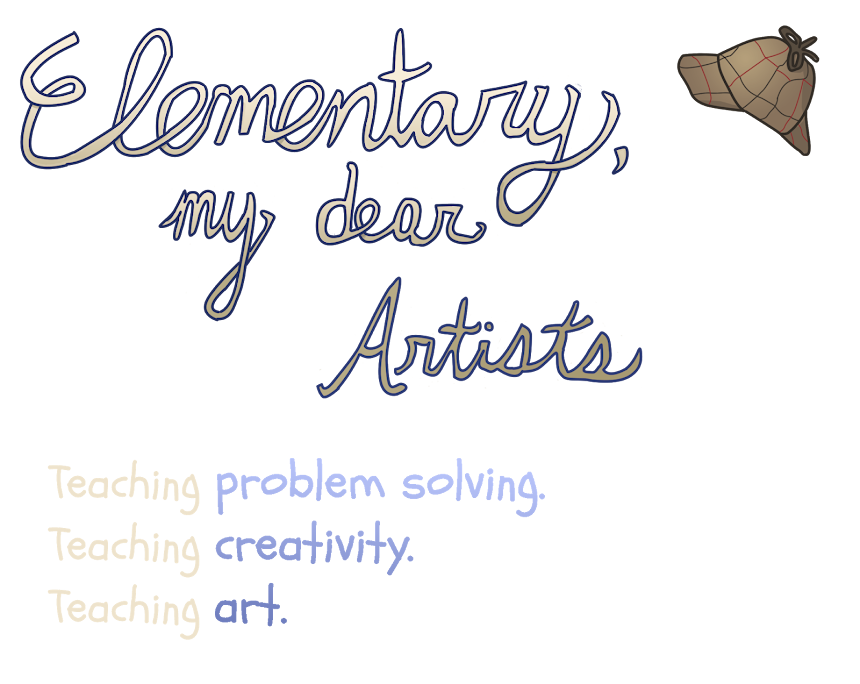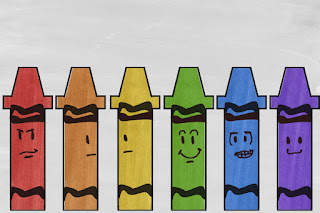Kindergarten students nailed these mixed media paintings of Venice. This two day project was a great way to practice tracing, cutting and gluing while also giving students a chance to use paint. Who doesn't love that?
The first thing I had kinders do was watch a <i> Mati and Dada</i> episode about Canaletto, an artist who painted detailed pictures of Venice. These Mati and Dada episodes are absolutely fabulous resources for kindergarten students. They are fun and colorful and also very informative. Not every episode is available in English unfortunately, but the ones that are translated are great.
You can find this video here.
Below are some of Canaletto's paintings:
As the students are learning about 1700's Venice I set up their works space. The first thing students do is trace and cut buildings. The tracers we use look like this:
As students cut out buildings they will start to glue them on to their horizon line. I fold their 12" X 18" papers ahead of time.
Students will then rotate their tracers underneath the horizon line to create the reflection of each building. It's great practice for symmetry.
When students have neatly finished all of their buildings, use blue crayon for the sky and watered down blue paint for the reflection.
Happy creating!















































